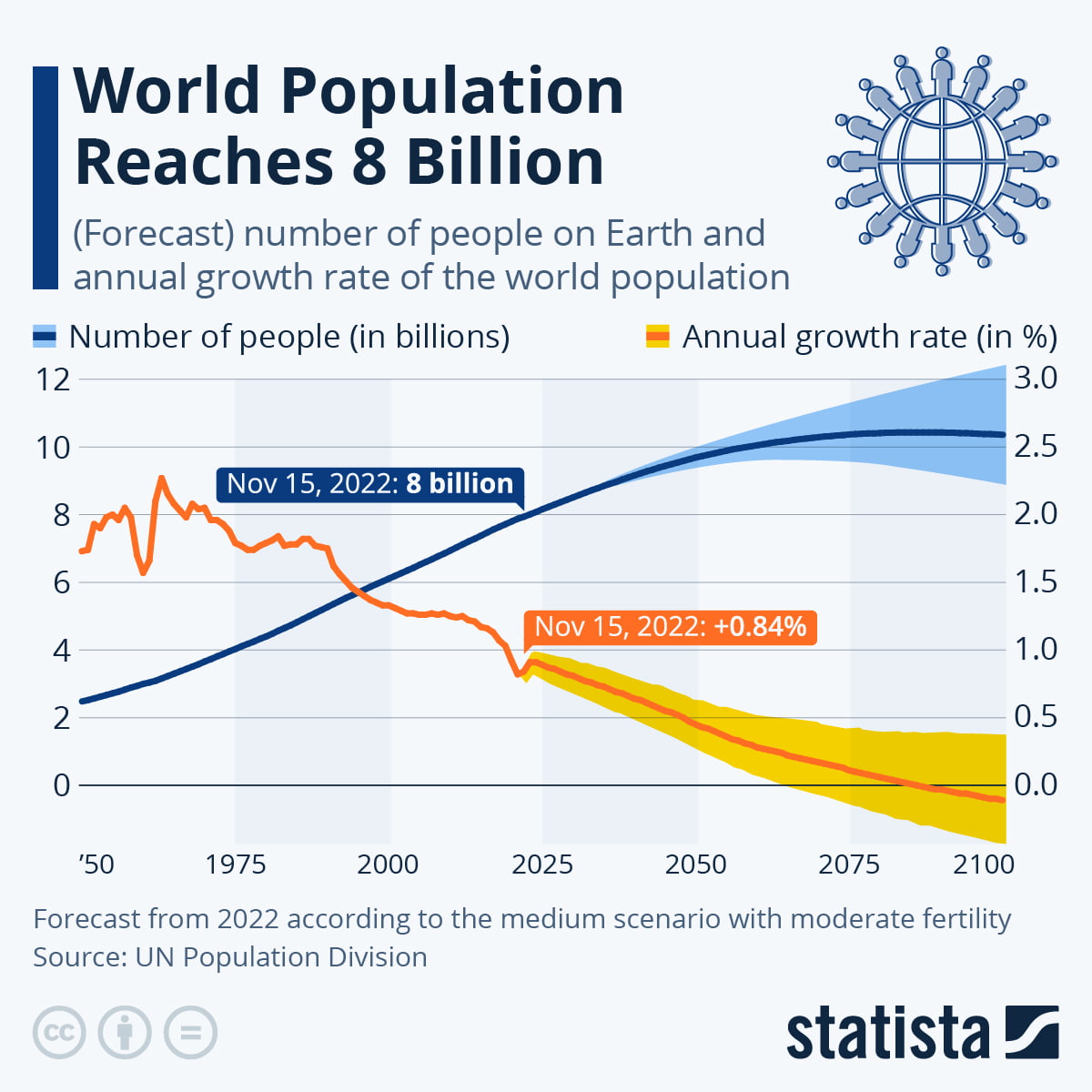Problems of Agricultural Labor in India
Agricultural Labor Agricultural labor is a person who works on another land, does not participate in farm management and its maintenance, and receives money or a portion of the harvest in consideration for his service. He neither has any rights regarding the land nor does he have to bear any risk regarding the farm. Briefly, […]

 Population is the number of people living in a particular area. It can be measured in terms of total number of people, density, or growth rate.
Population is the number of people living in a particular area. It can be measured in terms of total number of people, density, or growth rate.